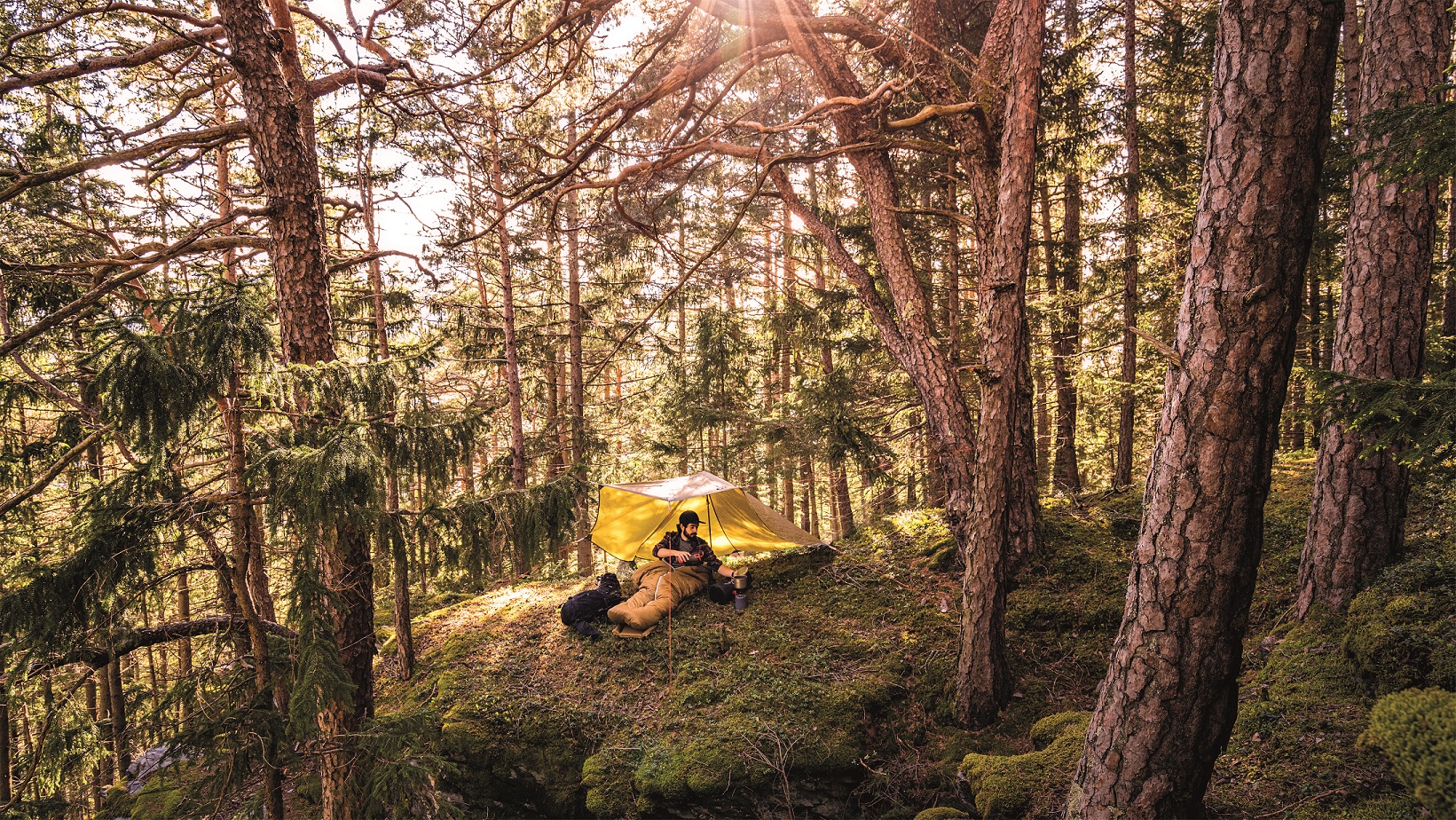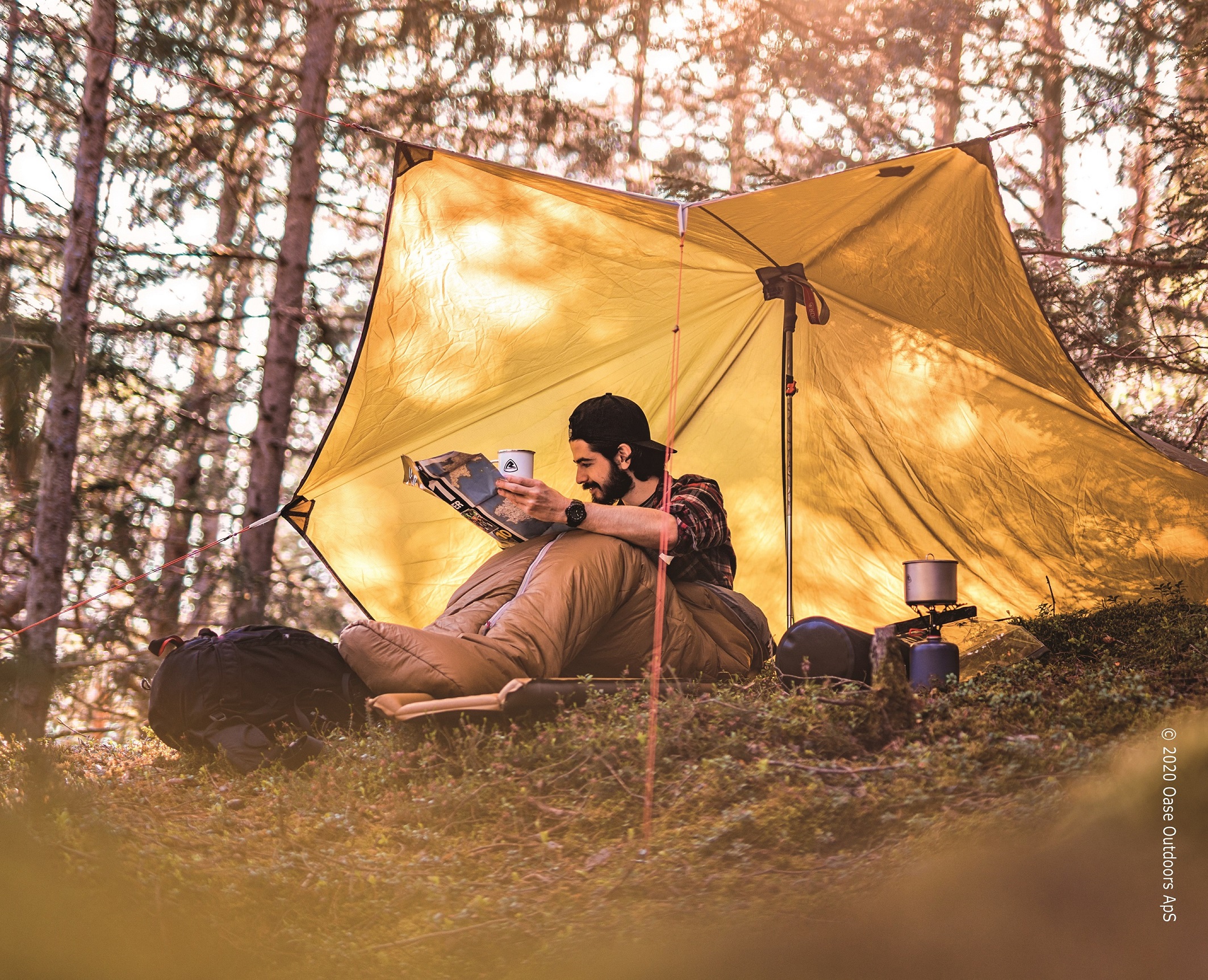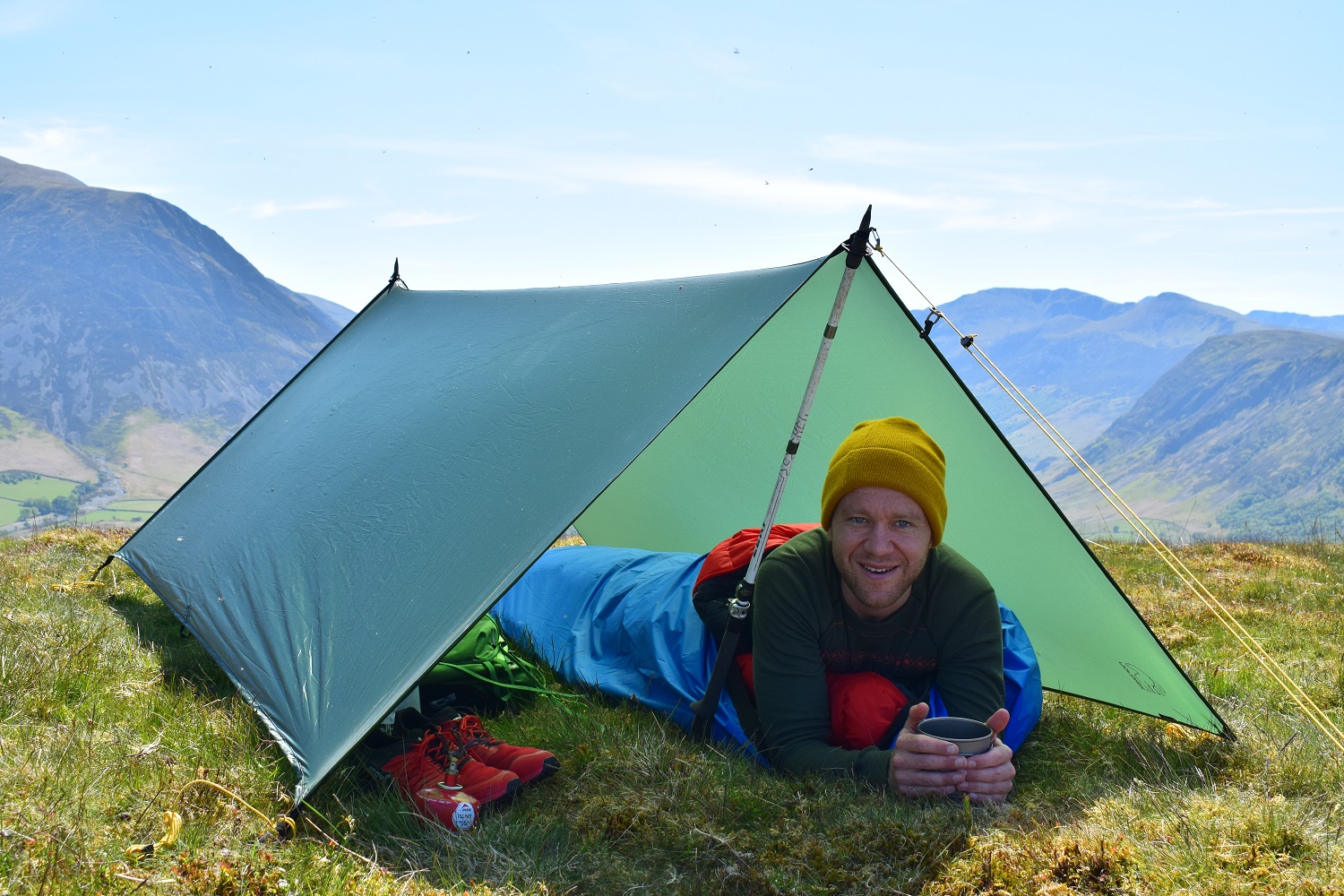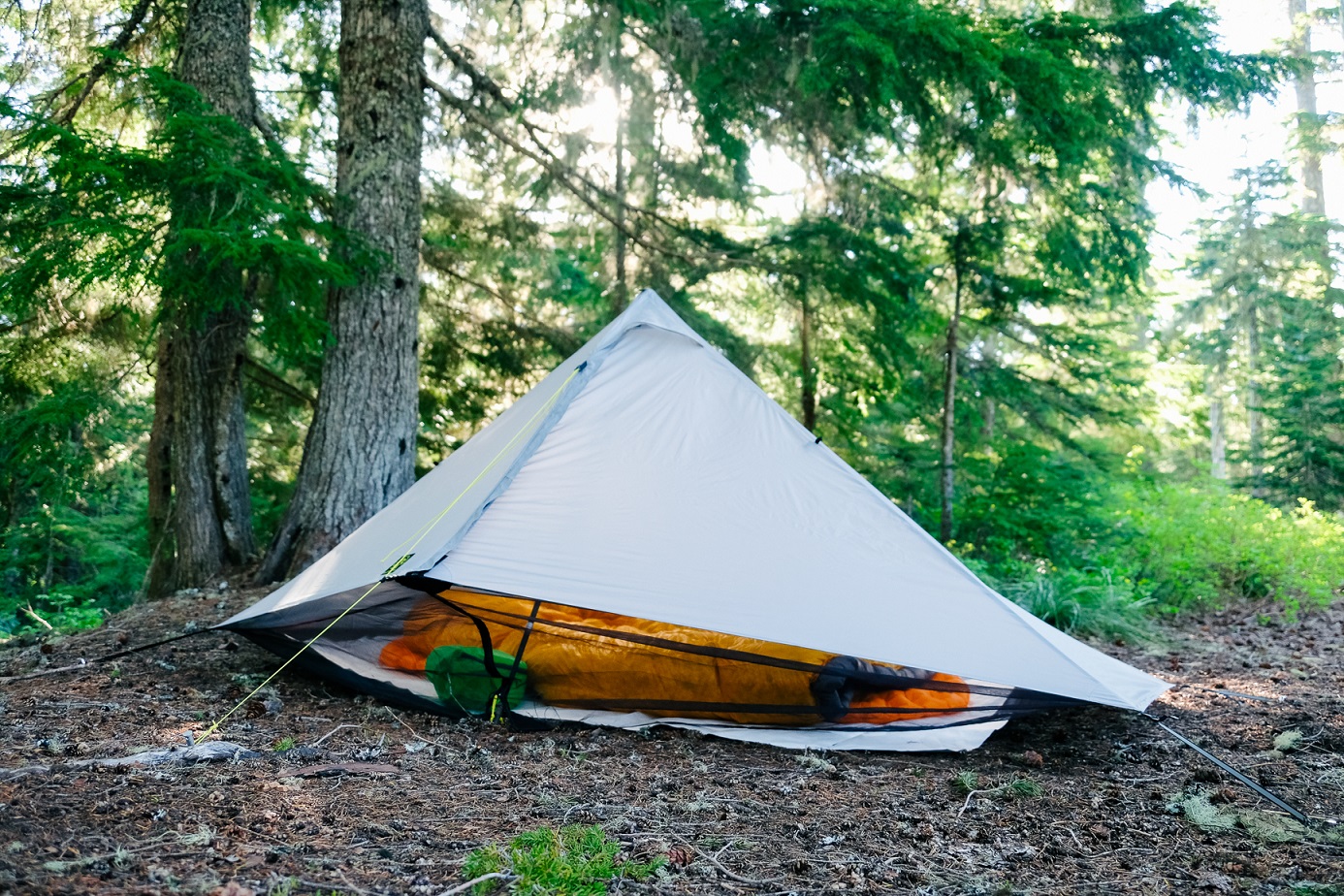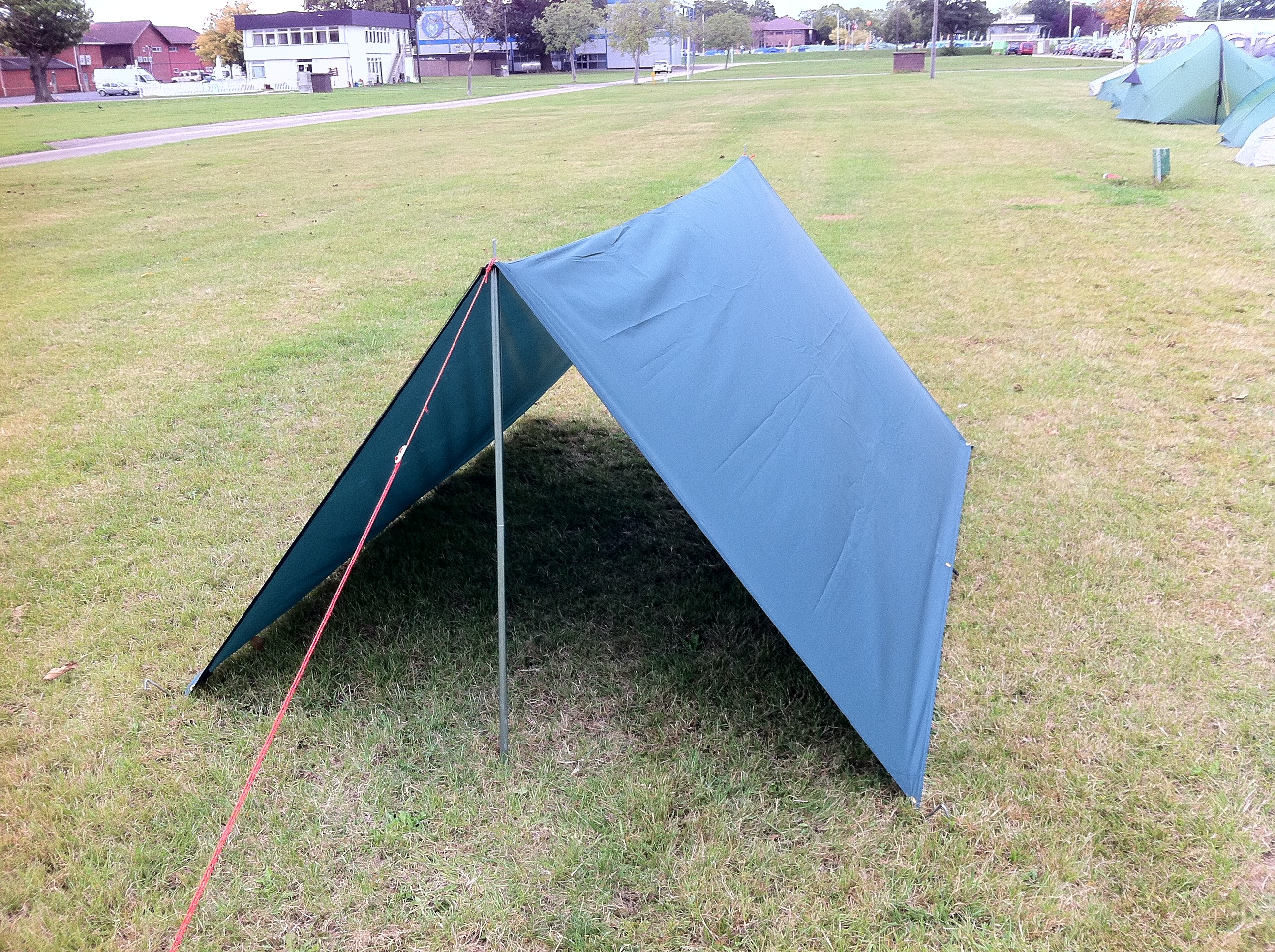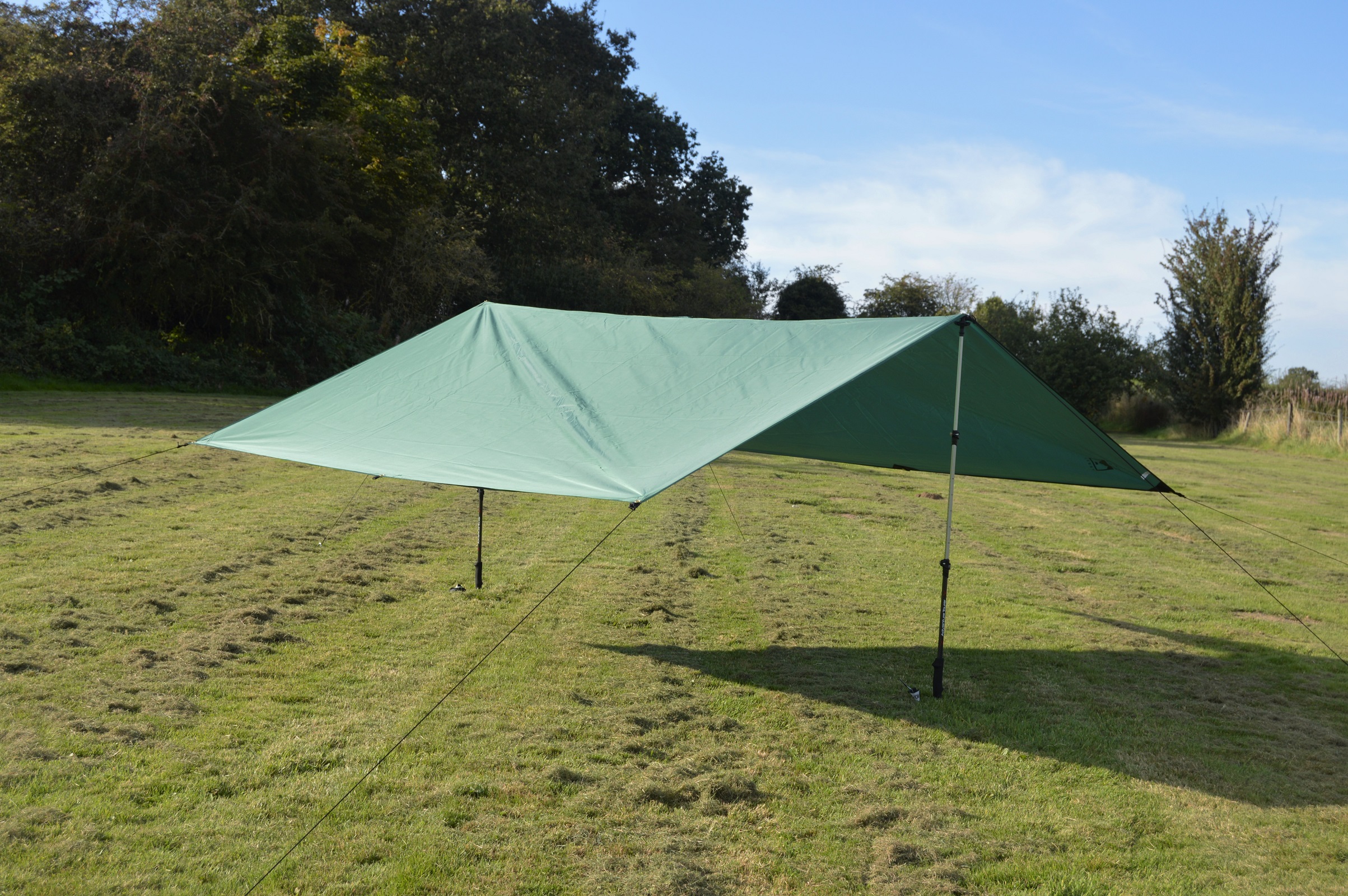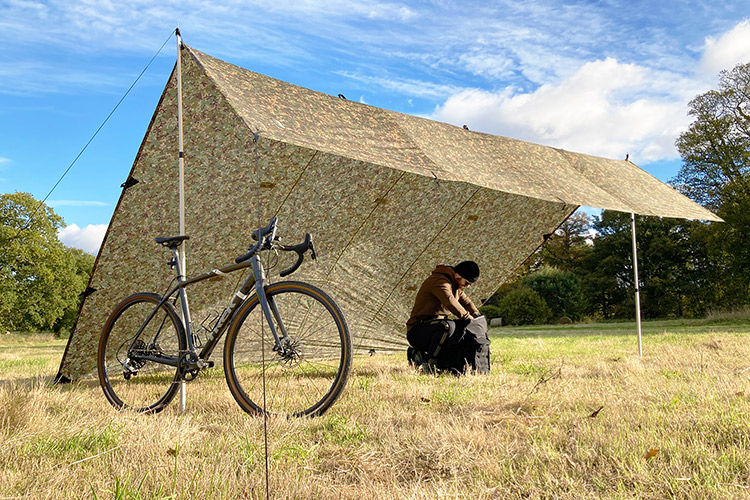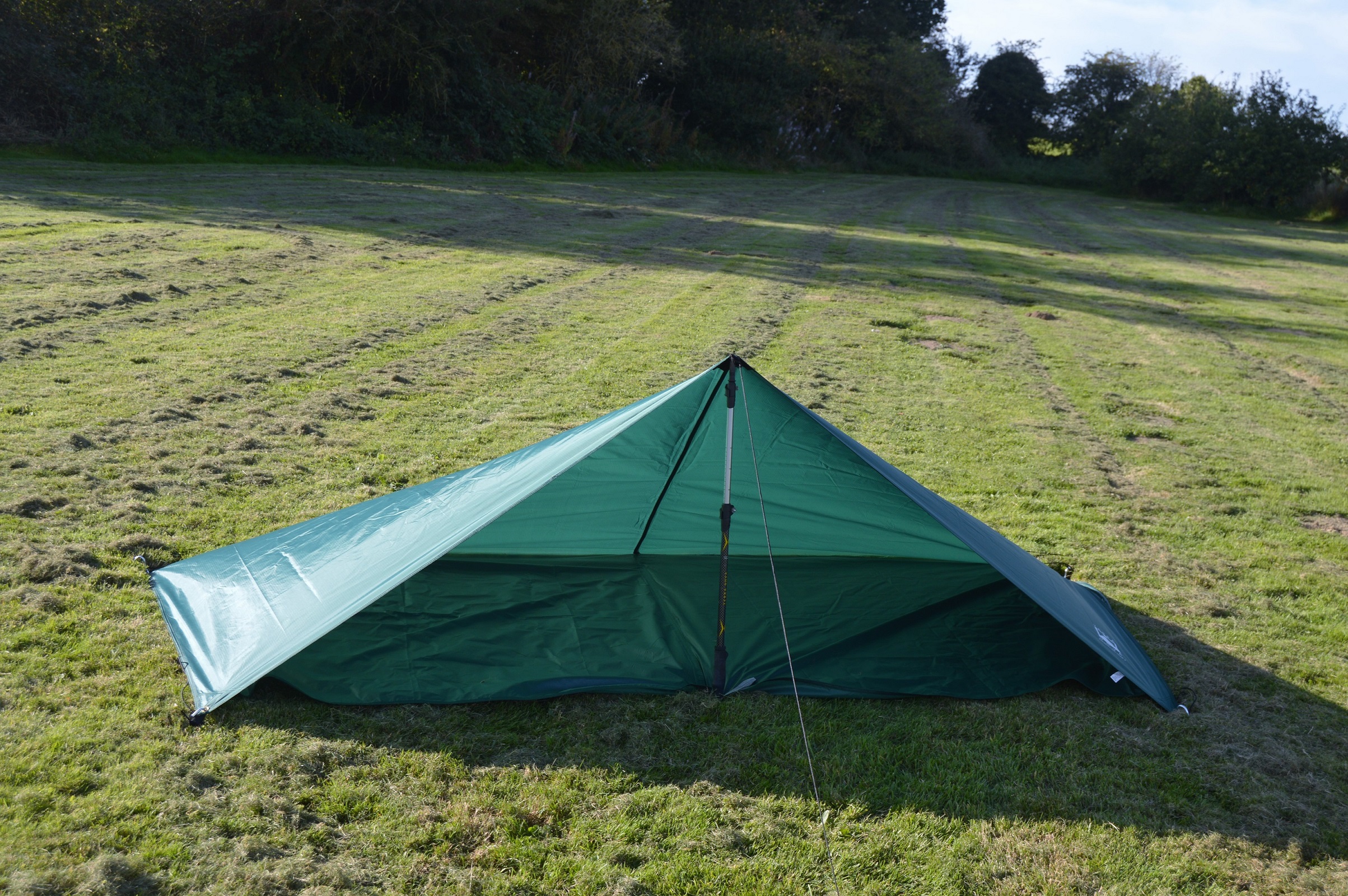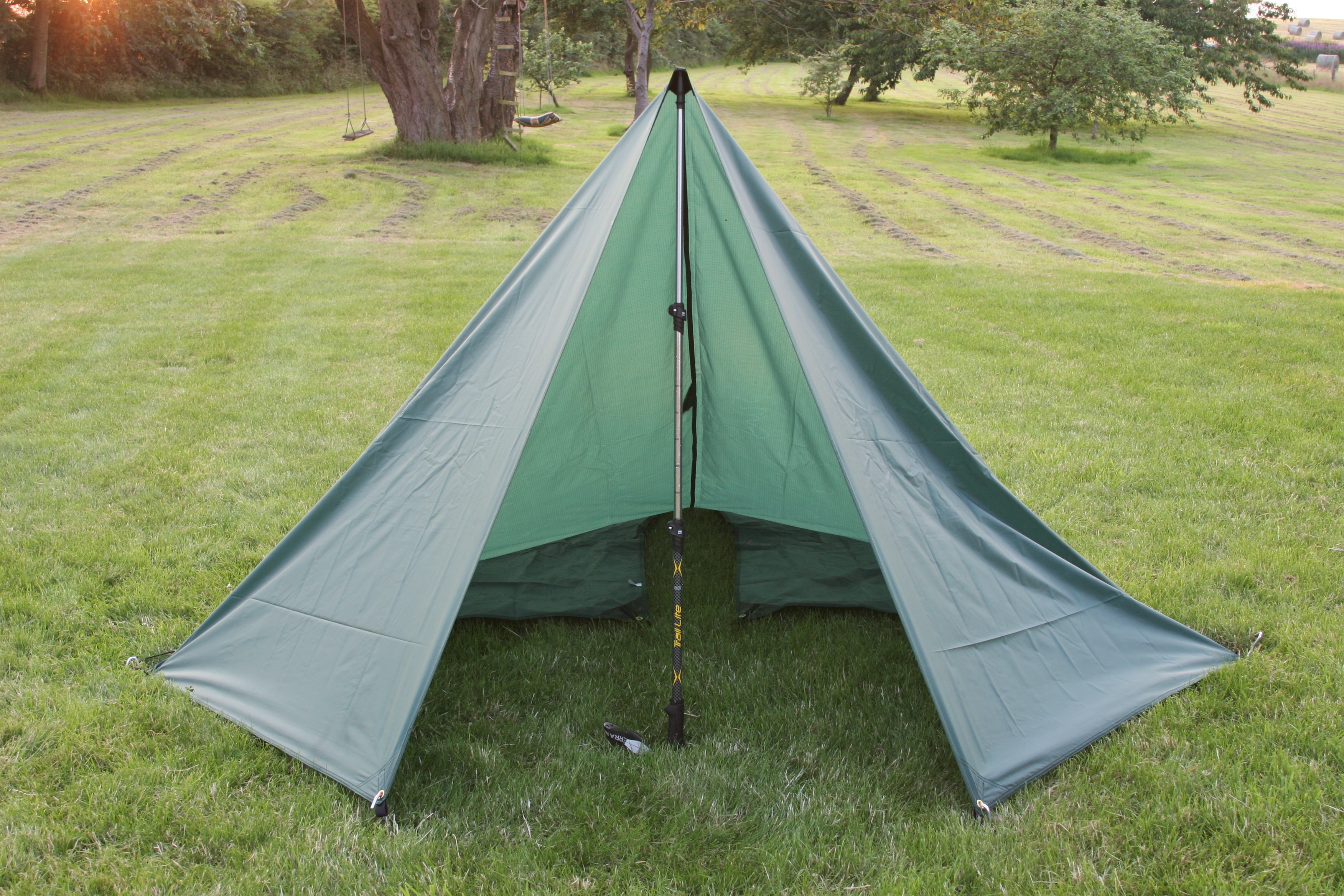Tents are boring, tarps are epic. That’s the view of a growing number of hardcore outdoor enthusiasts, who are drawn to the magical and minimalist experience of sleeping under a tarp. But why on earth would you ditch a high-performing, well-designed tent in favour of such a basic, simple shelter liable to leakage? And isn’t ‘tarping’ just for bushcraft-y types who are being different for the sake of it?
Well, the lure of sleeping in a tarp is three-fold. Firstly, while a tent can feel too enclosed and restrictive (a flappy four-walled coffin, if you like), a tarp is open and airy, leaving you gloriously at one with nature and the landscape. You’ll feel the fresh air on your face, and watch the stars twinkle above you. A bit like sleeping in a bivvy bag, many prefer this more intimate interaction with the mountains. Secondly, tarps are far more technical, weatherproof and versatile than many people realise, offering a myriad of pitching options depending on the weather and terrain. And thirdly, compared to ridiculously pricey modern tents, a good tarp doesn’t have to cost the earth. In fact, it will probably provide far better value for money, particularly if you are trying to become an ultra-light backpacker.
What is a Tarp?
Essentially it’s a single-skin sheet of waterproof material used to create a bespoke shelter. It’s configurable in numerous shapes and layouts using pegs, guylines, walking poles and optional groundsheets or bug nets. This versatility allows modification to the weather: pitch high for space, ventilation and epic views in good conditions; pitch low for stability and protection during storms.
Choosing a tarp over a tent, therefore, won’t necessarily expose you to more wind and rain. With a little practice, you’ll quickly learn to pitch your tarp in a way that’ll protect you in the mountains, come rain or shine. The options are almost endless, from the simple A-Frame and Lean-To to the more complex Tipi or C Fly Wedge.
Tarp Types: Flat, Shaped or Tarp-tents
Tarps come in three main types: flat, shaped and tarp-tents. Flat tarps, which are square or rectangular, are the simplest option. Shaped tarps are multi-sided (i.e. heptagonal or hexagonal) or have curved edges, with the shape specifically designed by the manufacturers to enable clever and precise pitching. Tarp-tents, on the other hand, blur the line between tarp and tent, and can be pitched in different ways and often include advanced features such as zips or doors.

